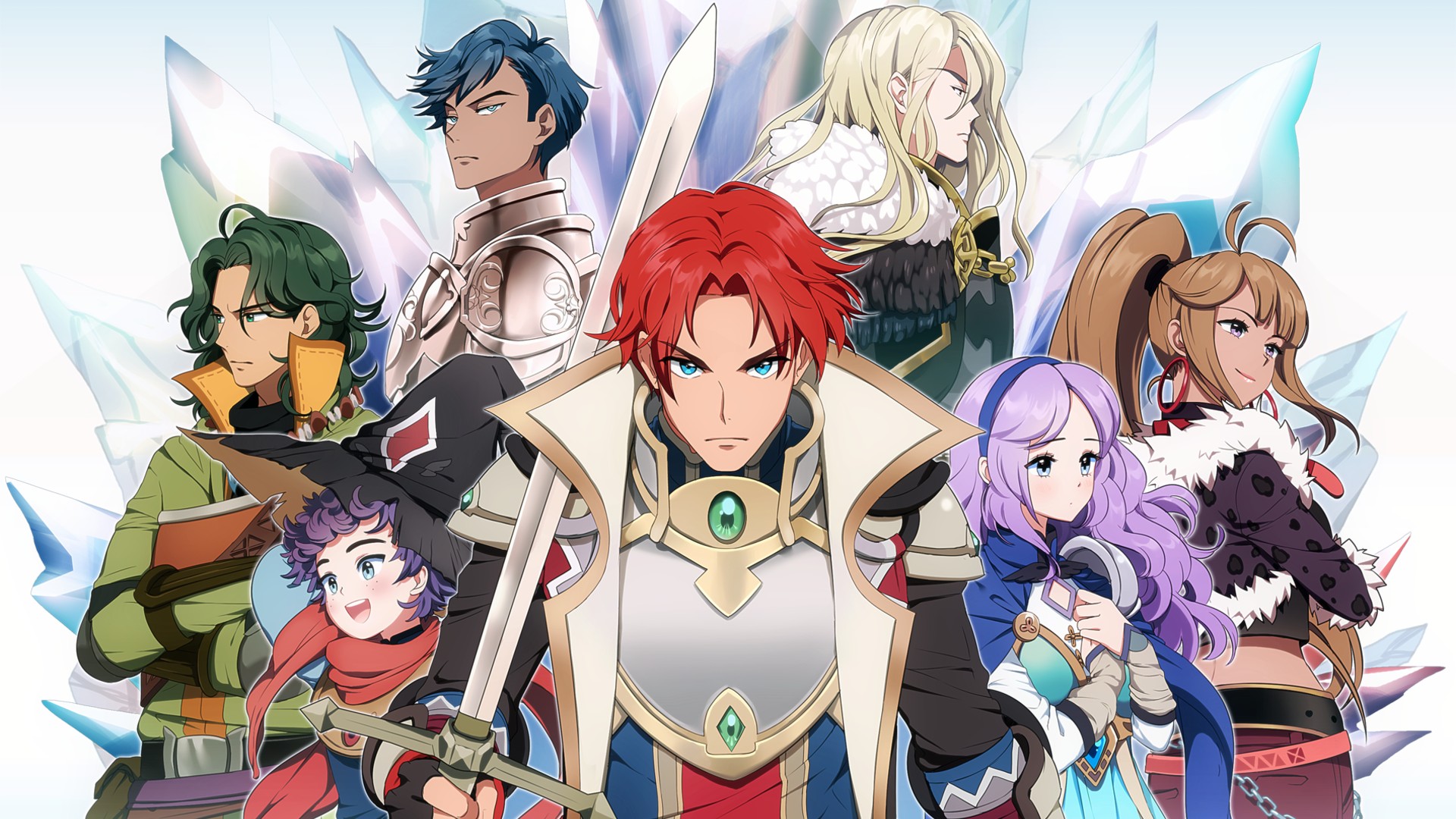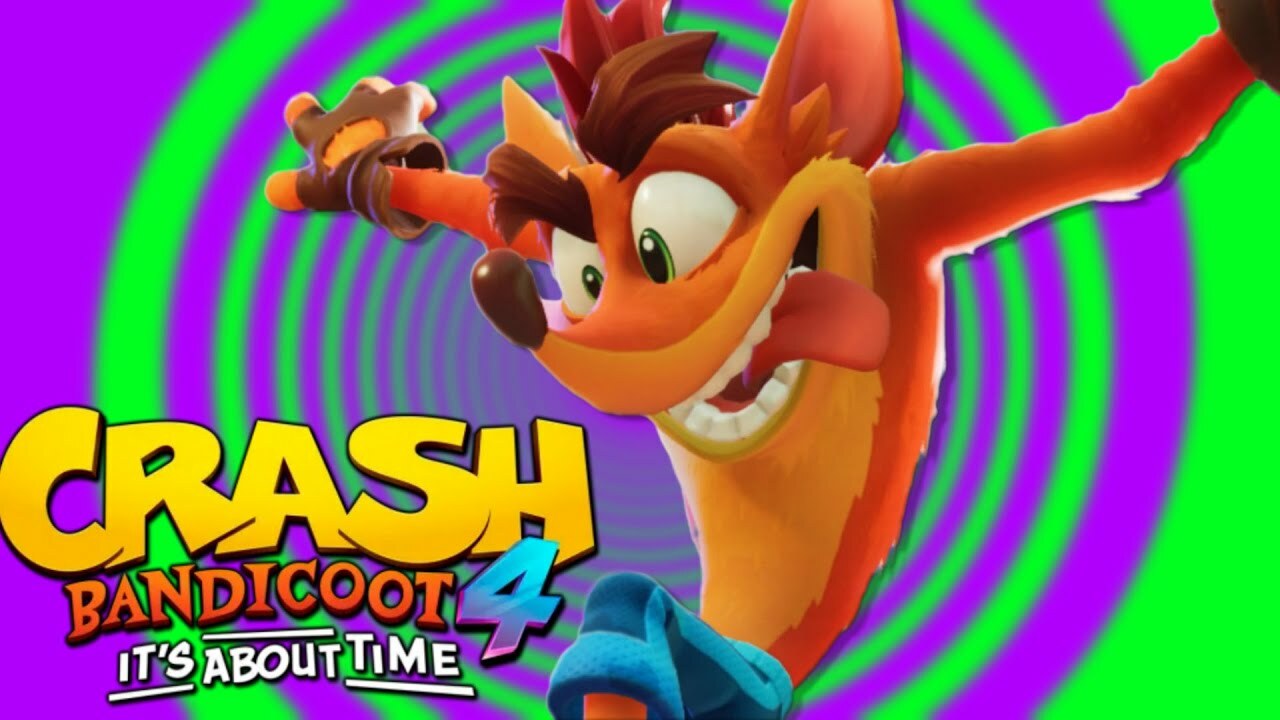Share
It’s hard to deny the importance of Street Fighter II. Without it, and its absurdly numerous amount of iterative sequels, much of what we know and love about fighting games wouldn’t exist, and the genre may not have had the kind of longevity or reach that it does now. That’s not a bad spot to be in considering the game came out three decades ago as of February 6th.
Quarter-Circle-Punch
The list of innovations that Street Fighter II brings to the table are about as numerous as its revisions over the years. While it didn’t wholly invent many of the things it has become known for, it distilled those concepts into a package that was miles ahead of what other fighting games, even the original Street Fighter, were doing at the time.
Things such as standardizing input controls for special moves, combo systems, multiple unique playable characters with branching arcade paths, mini games, and so on were all things that appeared in other fighting games in some form or another. Capcom however, took all those things, and built upon them a game that set a standard for all others to follow. In 1991, the game was a heavy punch to the industry, showing a refined sense of style and elegance that, while seeming dated by todays, was unlike anything else arcade games and fighters were bringing to the table.
Franchises that have become genre staples and rivals to Street Fighter like Mortal Kombat and Killer Instinct cite direct inspiration for some of their own mechanics, and even games like Fatal Fury, and SNK’s numerous other fighting game series’ clearly drew from Street Fighter II things that they would adapt for their future games as well.
Smashing Hits
Street Fighter II: The World Warrior also contributed to a small, but important boom in the flagging arcade industry. The competitive gameplay style, numerous systems to discover and unlock, catchy soundtrack by Yoko Shimomura and Isao Abe, all these things that helped draw people to arcades and plugging in quarters for their next battle
Capcom wasn’t done though, and while it’s become something of a joke in the decades since, they iterated and built upon Street Fighter II with numerous releases and updates to introduce new characters and mechanics, refine the combo system (which itself started out as a kind of bug), and improve the visuals, turning the game into a living thing of sorts.
Take that and couple it with the home release versions of the games, which themselves had their own quirks and variations, and Street Fighter II became a lot of things to a lot of people. For everyone that played it though, it was usually the game that took fighting games to the next level, and started a lifelong love of the genre.
In the years since, Street Fighter II, or more specifically Super Street Fighter II Turbo, has remained a staple of the fighting game tournament circuit. Legacy tournaments often feature the game, with many die hard competitors still playing to this day, discovering new tricks and ways to optimize their play style to defeat their opponents.
The franchise itself has continued strong as well. Now in the twilight years of Street Fighter V, and rumors of a sixth iteration looming, Capcom doesn’t seem to have any plans to quit now, especially as the series continues to sell well no matter the form it takes.
Street Fighter II is available in a variety of forms, on PC, PS4, Xbox, and Switch, be it through the Street Fighter 30th Anniversary Collection, Ultra Street Fighter II: The Final Challengers, or the Arcade 1Up cabinets for those seeking to recreate a bit of that classic arcade feel. No matter your choice, you’ll find that the answer lies in the heart of battle.



